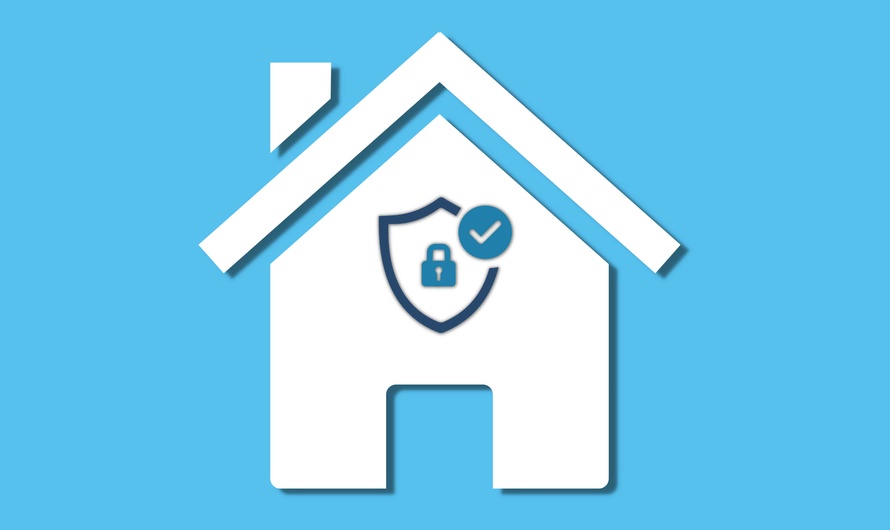- Use only approved tools. Only use organization-approved software and tools for business, including company-provided or approved video conferencing and collaboration tools to initiate and schedule meetings. Unapproved free tools may make your system vulnerable, so check in with your Information Technology (IT) team before using them on your work computer.
- Secure your meetings. Take precautions to ensure your virtual meetings are only attended by intended individuals. Plan for what to do if a public meeting is disrupted.
- Secure your information. Tailor your security precautions appropriately to the sensitivity of your data. Only share data necessary to accomplish the goals of your meeting.
- Secure yourself. Take precautions to avoid unintentionally revealing business and personal information. Ensure home networks are secured.
Be Cyber Secure at Home while Working

In 2022, CISA reported that, “Every organization in the United States is at risk from cyber threats that can disrupt essential services and potentially result in impacts to public safety.” Businesses face significant financial loss when a cyberattack occurs. Cybercriminals often rely on human error—employees failing to install software patches or clicking on malicious links—to gain access to systems. From the top leadership to the newest employee, cybersecurity requires the vigilance of everyone to keep data, customers, and capital safe and secure.






